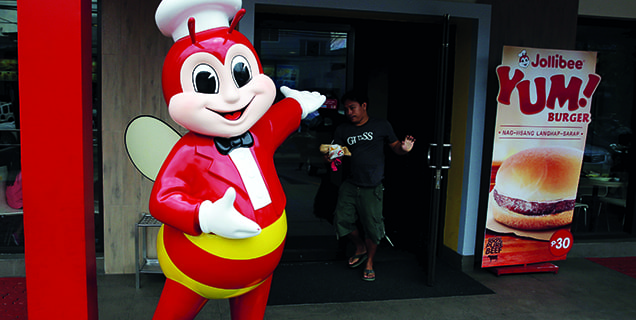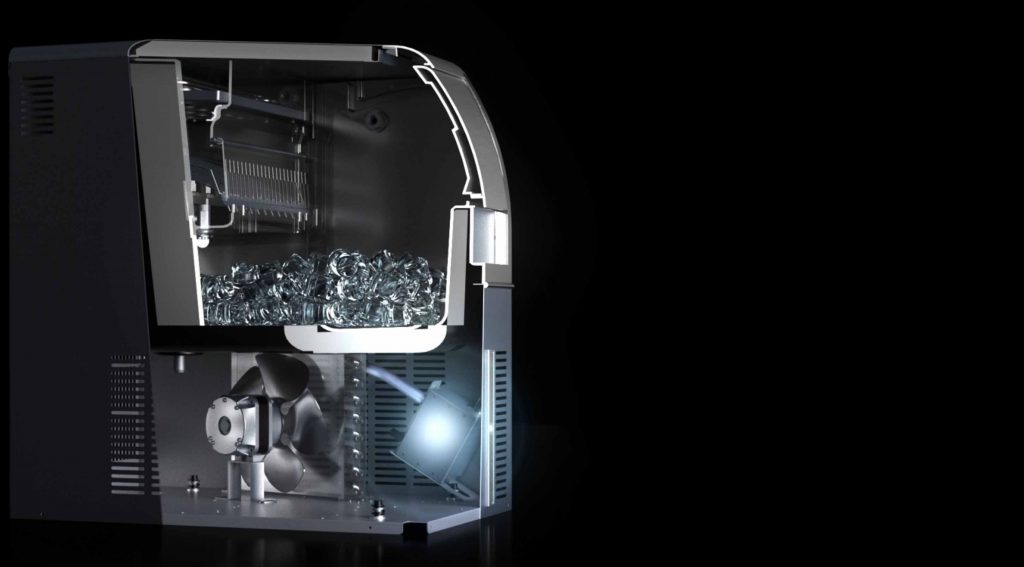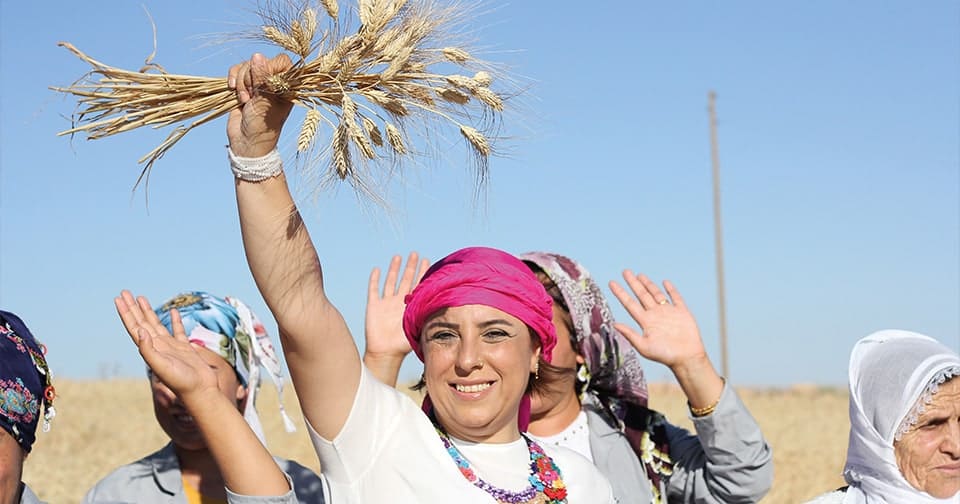
Living abroad heightens our cravings for the comforting flavours of home. For the worldwide diaspora of Filipinos, including the 2.3 million overseas Filipino workers, there is a great hunger for Jollibee, the Philippine counterpart to McDonald’s. My friend Ogie, a Filipino IT executive living in London, was thrilled when his wife brought three Jollibee Yumburgers all the way from Manila. There are many others like Ogie who crave this famous Filipino fast food. When Jollibee’s first Singapore store opened in in March 2013, it had to stay open until 2am to accommodate the long queues.
Jollibee Foods Corporation (JFC) is the Philippines’ largest foodservice business, and is continuously expanding its presence in foreign countries. It recorded system wide sales of 130.7 billion and a net income of P4.8bn in 2015. As of 31 December, 2015, it has a network of 3,117 stores worldwide. In the Philippines, it has 2,475 stores including the Jollibee brand with 916 stores, 231 Greenwich (Pizza and Pasta) stores, 439 Chowking (Oriental) stores, 374 Red Ribbon (bakeshop) stores, 459 Mang Inasal (Filipino grilled) stores, and 56 Burger King stores. Abroad, JFC operates 642 stores with 139 Jollibee stores in the USA, Vietnam, Brunei, Saudi Arabia, Qatar, Kuwait, Singapore, Hong Kong, UAE, and Bahrain. JFC also has 50% share in joint ventures with Highlands Coffee, Pho 24, and 12 Sabu, and 40% interest in Smashburger with 353 outlets, mostly in the US.
There is a buzz about Jollibee’s recent announcement of its expansion in the next two years, opening stores in the UK, Italy, Canada, Oman, Malaysia, Japan, and Australia. “Patronage of Jollibee is increasing in countries with a sizeable Filipino population, particularly in the US, Middle East, and parts of Southeast Asia,” says Dondi Gomez, JFC’s Group Chief Marketing Officer. “We believe Europe presents the same international potential as the aforementioned regions where Jollibee has successfully expanded.”
Striving for dominance
Expanding to Europe and Australia is in line with JFC’s vision to be a top global player. Gomez explains their strategy: “Our vision is to be among the top five largest restaurant companies in the world by 2020. To achieve this vision, we need to sustain our growth in the Philippines, while exponentially growing in the two largest economies in the world, China and the US.” Already making strides towards this goal, JFC became the number one Asian restaurant company in 2013. Based on Bloomberg’s data, JFC reached the number nine slot in the world, in terms of market capitalisation among publicly listed quick service restaurants (QSRs) in 2015.
To achieve global dominance, Jollibee is covering all its bases. The JFC executive says: “We have two approaches in our expansion abroad, which also considers our target customers. If we are after Filipinos living and working abroad, our strategy is to bring Jollibee or our other domestic brands to those countries. If we are after mainstream consumers, our strategy is to further expand our portfolio by acquiring local brands similar to what we did in China and the US, such as the Smashburger acquisition.
“Currently, our foreign business accounts for 20% of JFC Group’s system wide sales,” points out Gomez. “This will increase as we expand our existing brands in China (Yonghe King, Hong Zhuang Yuan, San Pin Wang, and Dunkin Donuts) and the US. The Smashburger acquisition is estimated to increase JFC’s non-Philippines revenues to 30%.”
JFC quickly learned the importance of tuning into the nuances of the new markets it enters. In 1998, JFC introduced the Jollibee brand in China. Three years later, they closed the Jollibee stores, purchasing local brands Yonghe King in 2004 and Hong Zhuan Yuan in 2008.
This decision proved to be wise. He reports: “Today, Jollibee Foods Corporation’s presence in China is very strong. We have three formidable brands there – Yonghe King, one of the largest Chinese fast food chains in China that serves beef noodle soup, minced pork rice, Chinese dough sticks, and soy milk; Hong Zhuang Yuan, our congee chain based in Beijing; and San Pin Wang based in Nanning, our low-priced beef noodle chain. We intend to further strengthen our business portfolio with our Dunkin Donuts joint venture, which is positioned to play a significant role in the large and fast growing coffee and bread markets in China.” JFC now has a total of 422 stores in China comprised of the three Chinese brands, with the first Dunkin Donuts store set to open in the first quarter of 2016.
According to Gomez, finding the right partners has been hurdle in entering new markets for JFC: “We need to ensure that we find the right people who share the same vision and values, as well as the passion in operating a Jollibee store and can make it successful in that country.” But right now JFC’s current struggle is one many restaurateurs can only dream of. “Our biggest short-term challenge is how to take advantage of the strong market demand for Jollibee. JFC has to build more capacity for manufacturing, logistics and distribution and store network expansion and renovation.”
Evolving tastes
JFC’s global expansion comes at a time when Filipino cuisine is the hot new food trend in many parts of the world. Bon Appétit magazine named Jollibee as one of the foreign fast-food brands to watch in 2015. Jollibee is not marketed as Filipino food, instead it is positioned as Western-inspired fast food with a unique Filipino twist. By doing so, Jollibee is more accessible to a larger global market, beyond Filipino customers.
“In today’s globally connected world, customers are more curious to try something new but relevant to their evolving taste. Jollibee caters to this need. Jollibee’s delicious food, aggressive global expansion, and growing international acclaim are helping us attract an increasing number of non-Filipino customers. Jollibee Brunei and Jollibee Vietnam are shining examples of this phenomenon.”
Its secret weapon is Chickenjoy, Jollibee’s best selling product with an appeal across cultures. Gomez describes its as “a globally familiar fried chicken with a hint of Filipino taste that is universally delicious.” He says, “This sets it apart from a purely Western type of fried chicken, which is familiar, but generic-tasting.”
To attract a global following, this flagship product can adjust to local taste. Gomez explains: “Apart from the inherently good taste of Chickenjoy, we infuse a localisation strategy where it is relevant. This entrepreneurial flexibility enables Jollibee to adapt Chickenjoy to the taste nuances of the local market without losing the fundamental profile of the product.”
Tweaking a few aspects of the beloved Chickenjoy without changing its basic profile has proven to be successful in certain countries. In Vietnam Chickenjoy is served with vegetables and sweet chili sauce instead of gravy. In Saudi Arabia, they serve Chickenjoy with bread, instead of rice. These tweaks to suit the preferences of these cultures resulted in increased sales.
It will be fascinating to watch Jollibee conquer more new markets, beyond its loyal Filipino fan base. Last December, a Jollibee customer shared a photo of Anthony Bourdain spotted enjoying Chickenjoy in Manila. It was not his first visit to Jollibee. Even this discriminating chef appears to have been stung by the bee.
Maida Pineda




